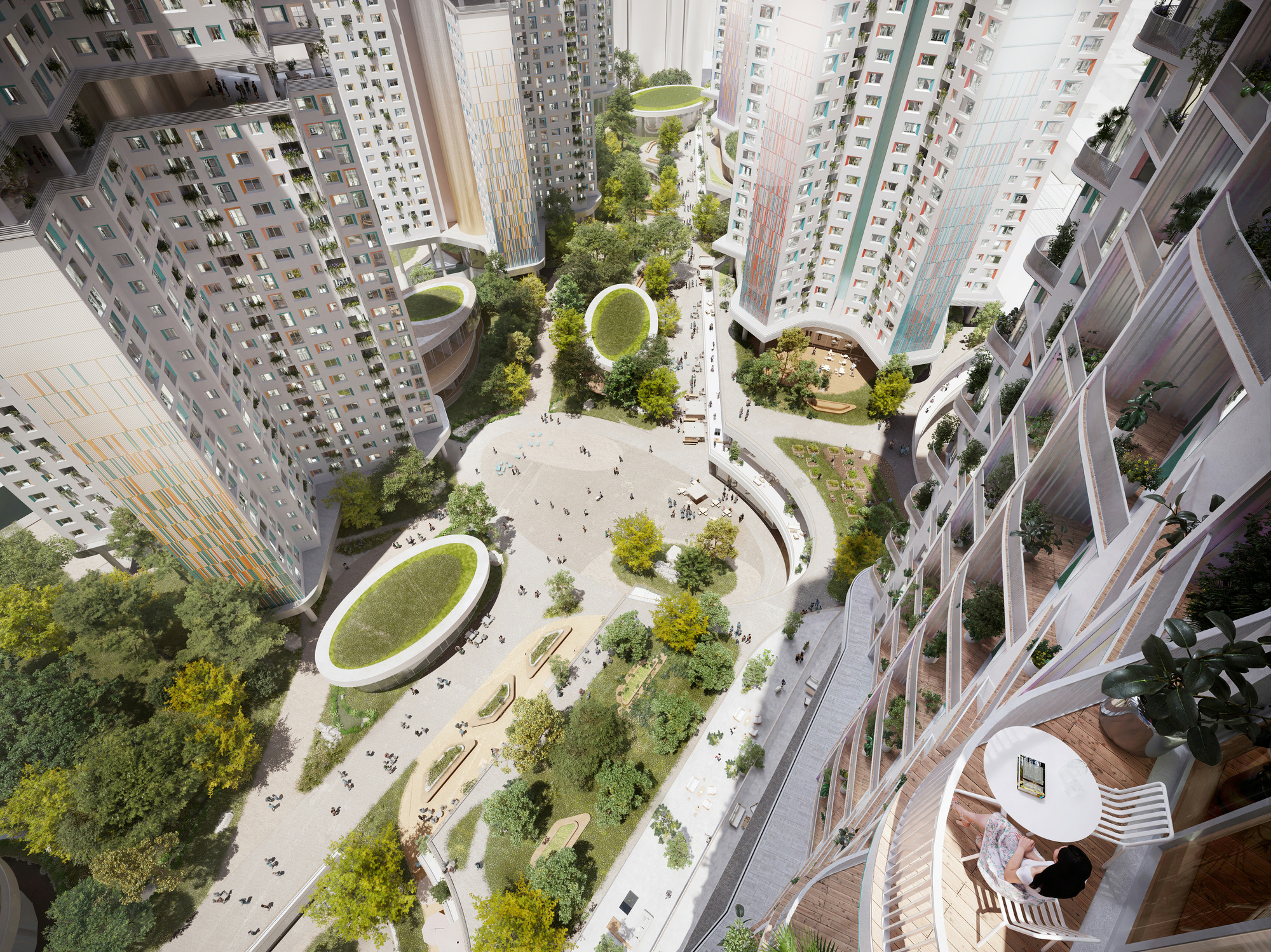Spurred on by the COVID-19 pandemic, environmental concerns and technological advancements, we’re heading into a new highly flexible age of architecture and urban design. In our new report, we explore how adaptability is being applied to our built environment.
Much has been said and written about the many potential changes to the built environment as a result of the Corona-19 pandemic, from speculations about a shift away from large city offices as a result of working from home, to a new understanding of the importance of public spaces for the strengthening of community bonds. However, one of the most evident developments to have taken place over the last year and half is a renewed focus on flexible and adaptable design.
While not new concepts, uncertainty and the potential for sudden change again in the future has led many designers and their clients to place renewed importance on the ability to modify buildings and spaces, whether this be to accommodate daily change of use, or to quickly adjust to changing market demands for specific typologies.
In a new report, we delve into these themes and the different ways in which they are currently being incorporated into urban planning, architecture and product design.


UNStudio Report Highlights New Age of Highly Flexible Architecture and Design
As highlighted in the report, flexibility and adaptability bring numerous benefits across all scales of design and ultimately create added design value for the client and the end user on multiple levels. Spatially, the most evident benefit of a flexible or adaptive design approach is that they enable a more efficient use of space, an increasingly important consideration in these times of increased densification and housing shortages. Coupled with the growth of disruptive technologies, it's now possible to design flexible urban plans that can grow and develop over time to suit their users needs.
The key to this is the responsible use of big data, which can enable us to better understand and design for how our spaces will be used, while integrating automated processes can enable self-regulating spatial and environmental adaptation. Some key examples of this featured in the report are Project H1, a masterplan that will serves as a pilot for an adaptable strategy for mixed-use urban developments of the future, and the Bruzzano Masterplan, which is a concept proposal for a new intergenerational health themed urban district on the northern edge of Milan.
For the design of individual buildings, flexibility is also an extremely useful resource for maintaining the economic value of properties and vastly reducing the cost of demolition and replacement (to both planet and pocket), as is highlighted by our refurbishment projects like the Elysion Congress Centre in Eindhoven. While, we also show how we can future-proof buildings we design today by ensuring flexibility is 'built in' from the beginning, such as Echo and TU Delft (see video above).
Looking at products, the report also explores how new technology has made it possible to create products such as Soliscape, which our UNSx team created with Delta Light. This is a versatile system that uses sensors to determine the optimal lighting and acoustic conditions for users, and adjusts the settings to best suit their needs. It also comes as a toolbox of flexible components that can be used to create ‘lightscapes’ that fit your specific space, but can then also be rearranged later.
Of course, this is also just the beginning of the age of super flexible design, and as technology continues to develop, new possibilities for expanding the lifespan of our buildings and making our built environment more flexible, sustainable and healthier than ever will continue to emerge.
To read the full report, click here.